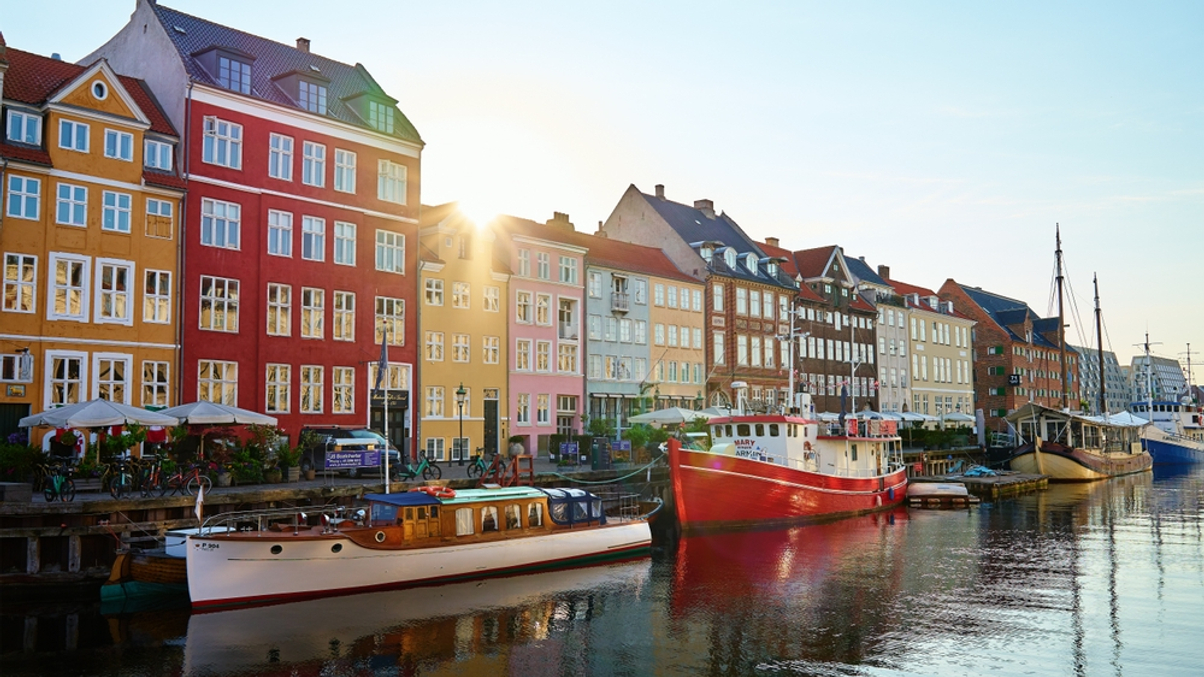Danish pension fund targets Asian clean energy bets
PensionDanmark aims to build on direct allocations in the region, which include wind and solar projects in India, South Korea, Vietnam and Taiwan. It also invests via Copenhagen Infrastructure Partners.

PensionDanmark, Denmark’s $51 billion pension fund, has identified clean energy solutions, including many in Asia, as its number one sustainability priority for 2025.
Sign in to read on!
Registered users get 2 free articles in 30 days.
Subscribers have full unlimited access to AsianInvestor
Not signed up? New users get 2 free articles per month, plus a 7-day unlimited free trial.
¬ Haymarket Media Limited. All rights reserved.


